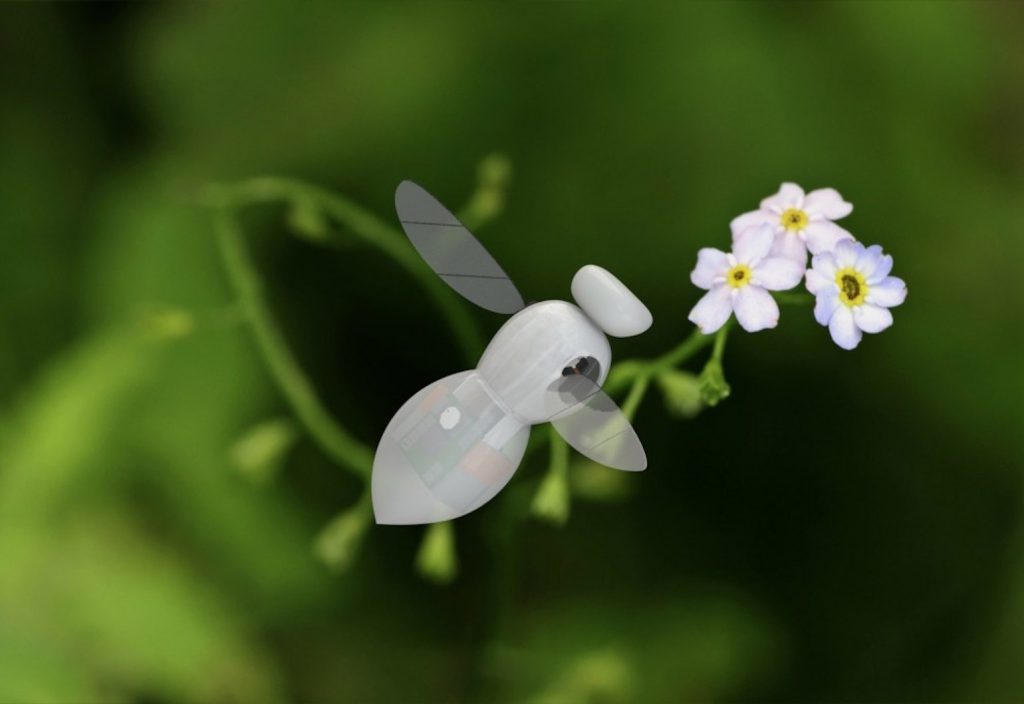“Imagine if the current trend of a declining bee population continues, swarms of robot bees pollinating crops and flowers could become a reality,”says Dr Mostafa Nabawy from The University of Manchester’s School of Mechanical, Aerospace and Civil Engineering.
His research and background is in aerodynamics, aircraft design, and the modelling of engineering systems. But he is now combining this expertise with bio-inspired flying and jumping technologies, including flying robot bees.
“The ultimate aim is to create a robot bee that can fly independently and we’re quite a long way into that project,” he says.
“But there are also many different opportunities for brilliant science and engineering outcomes along the way so it is a very exciting process. These technologies can also be used for many different applications, including improving the current aerodynamic performances of aircraft.”
He is also interested in jumping spiders, specifically members of Phidippus genus from North America which can jump up to six-times longer than their own body length from a standing start. By comparison, the maximum a human can jump is just one and half times.
“We have trained it to jump different distances and heights, recording the spider’s every movement in extreme detail through high resolution cameras which can be slowed down,” says Nabawy.
“We are now using this biomechanical data to model robots that can perform with the same abilities. With this extensive dataset we have already started developing prototype robots that can mimic these biomechanical movements and jump several centimetres.”
He says, if we can perfect the way spiders jump in robots, they can be used for a variety of different purposes in complex engineering and manufacturing and can be deployed in unknown environments to execute different missions.
